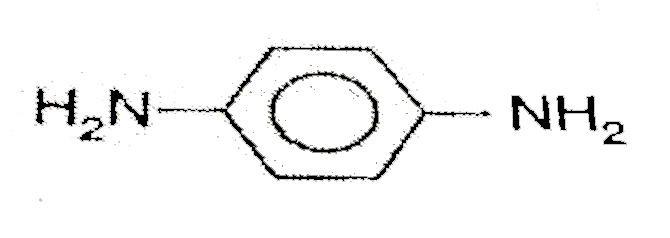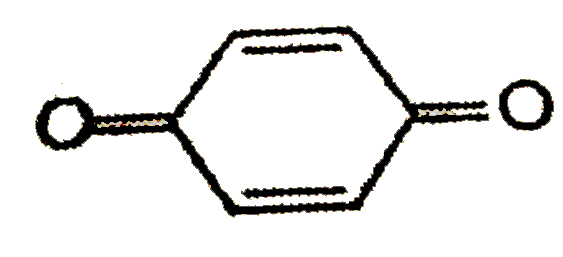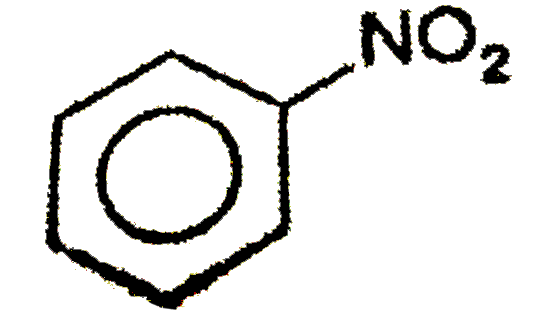What happens when (i) zinc and (ii) copper react with (a) conc. HNO3 and (b) dil. HNO3.
To answer the question regarding the reactions of zinc and copper with concentrated and dilute nitric acid (HNO₃), we will break it down into two parts for each metal: (i) Zinc and (ii) Copper.
1. Reaction with Concentrated HNO₃:
- When zinc (Zn) reacts with concentrated nitric acid (HNO₃), it produces zinc nitrate (Zn(NO₃)₂), nitrogen dioxide (NO₂), and water (H₂O).
- The balanced chemical equation for this reaction is:
4Zn+10HNO3→4Zn(NO3)2+5NO2+2H2O
- Observation: The reaction produces brown fumes of nitrogen dioxide (NO₂).
2. Reaction with Dilute HNO₃:
- When zinc reacts with dilute nitric acid, it produces zinc nitrate (Zn(NO₃)₂) and hydrogen gas (H₂).
- The balanced chemical equation for this reaction is:
Zn+2HNO3→Zn(NO3)2+H2
- Observation: Bubbles of hydrogen gas are evolved.
(ii) Copper with Nitric Acid
1. Reaction with Concentrated HNO₃:
- When copper (Cu) reacts with concentrated nitric acid, it produces copper(II) nitrate (Cu(NO₃)₂), nitrogen dioxide (NO₂), and water (H₂O).
- The balanced chemical equation for this reaction is:
Cu+4HNO3→Cu(NO3)2+2NO2+2H2O
- Observation: Similar to zinc, this reaction also produces brown fumes of nitrogen dioxide (NO₂).
2. Reaction with Dilute HNO₃:
- Copper does not react with dilute nitric acid under normal conditions. Therefore, there is no significant reaction observed.
- Observation: No reaction occurs, and no products are formed.
Summary of Reactions:
- Zinc:
- Concentrated HNO₃: Produces Zn(NO₃)₂, NO₂, and H₂O.
- Dilute HNO₃: Produces Zn(NO₃)₂ and H₂ (hydrogen gas).
- Copper:
- Concentrated HNO₃: Produces Cu(NO₃)₂, NO₂, and H₂O.
- Dilute HNO₃: No reaction occurs.
- When zinc (Zn) reacts with concentrated nitric acid (HNO₃), it produces zinc nitrate (Zn(NO₃)₂), nitrogen dioxide (NO₂), and water (H₂O).
- The balanced chemical equation for this reaction is:
4Zn+10HNO3→4Zn(NO3)2+5NO2+2H2O
- Observation: The reaction produces brown fumes of nitrogen dioxide (NO₂).
- When zinc reacts with dilute nitric acid, it produces zinc nitrate (Zn(NO₃)₂) and hydrogen gas (H₂).
- The balanced chemical equation for this reaction is:
Zn+2HNO3→Zn(NO3)2+H2
- Observation: Bubbles of hydrogen gas are evolved.
- When copper (Cu) reacts with concentrated nitric acid, it produces copper(II) nitrate (Cu(NO₃)₂), nitrogen dioxide (NO₂), and water (H₂O).
- The balanced chemical equation for this reaction is:
Cu+4HNO3→Cu(NO3)2+2NO2+2H2O
- Observation: Similar to zinc, this reaction also produces brown fumes of nitrogen dioxide (NO₂).
- Copper does not react with dilute nitric acid under normal conditions. Therefore, there is no significant reaction observed.
- Observation: No reaction occurs, and no products are formed.
- Concentrated HNO₃: Produces Zn(NO₃)₂, NO₂, and H₂O.
- Dilute HNO₃: Produces Zn(NO₃)₂ and H₂ (hydrogen gas).
- Concentrated HNO₃: Produces Cu(NO₃)₂, NO₂, and H₂O.
- Dilute HNO₃: No reaction occurs.
Topper's Solved these Questions
- BOOK - PRADEEPCHAPTER - P-BLOCK ELEMENTS (NITROGEN FAMILY)EXERCISE - ADDITIONAL QUESTIONS (LONG ANSWER QUESTIONS)2videos
P-BLOCK ELEMENTS (NITROGEN FAMILY)
- BOOK - PRADEEPCHAPTER - P-BLOCK ELEMENTS (NITROGEN FAMILY)EXERCISE - ANALYTICAL QUESTIONS AND PROBLEMS WITH ANSWERS/SOLUTIONS (QUESTIONS)6videos
P-BLOCK ELEMENTS (NITROGEN FAMILY)
- BOOK - PRADEEPCHAPTER - P-BLOCK ELEMENTS (NITROGEN FAMILY)EXERCISE - ADDITIONAL QUESTIONS (VERY SHORT ANSWER QUESTIONS)47videos
P-BLOCK ELEMENTS (NITROGEN FAMILY)
- BOOK - PRADEEPCHAPTER - ORGANIC CHEMISTRY-SOME BASIC PRINCIPLES TECHNIQUESEXERCISE - Competition Focus (Jee (Main and Advanced)/Medical Entrance) VIII. Assertion-Reason Type Questions25videos
ORGANIC CHEMISTRY-SOME BASIC PRINCIPLES TECHNIQUES
- BOOK - PRADEEPCHAPTER - REDOX REACTIONS EXERCISE - Assertion reason type question16videos
REDOX REACTIONS
Similar Questions
Knowledge Check
- Question 1 - Select One
Aniline reacts with conc. HNO3 to give
A B
B C
C D
D
- Question 2 - Select One
When Sn is treated with conc. HNO3
Ait is converted into stannous nitrate.Bit is converted into stannic nitrate.Cit is converted into metastannic acid.Dit becomes passive. - Question 3 - Select One
What happens when methane reacts with conc. HNO3 at high temperature?
ANitromethane is formedBMethanol is formed.CCO2andH2O are formed.DCO and H2O are formed.
When copper is heated with conc.HNO3 it produces
View SolutionWhen copper is heated with conc.HNO3 it produces
View SolutionWhen copper is heated with conc.HNO3 it produces
View SolutionWhich of following does not react with conc. HNO3
View SolutionGlycerol reacts with Conc. HNO3 and Conc. H2SO4 to form
View Solution

